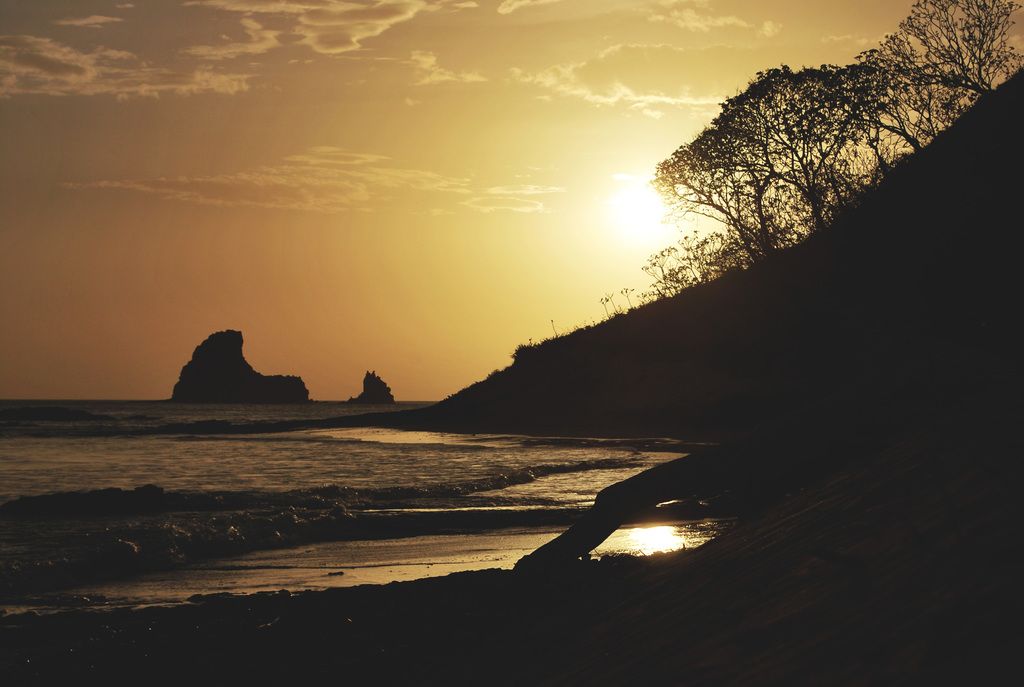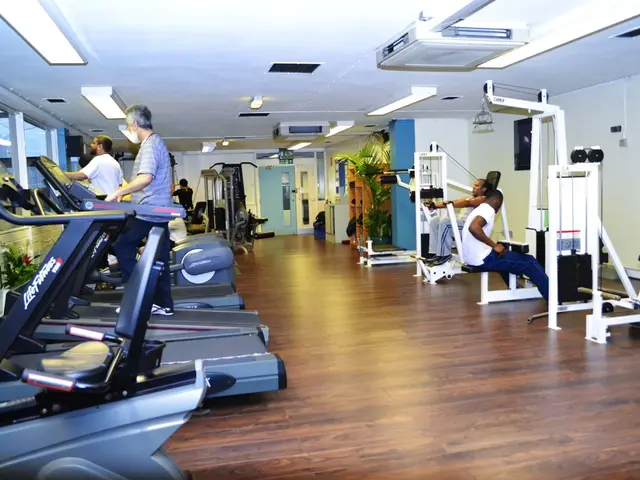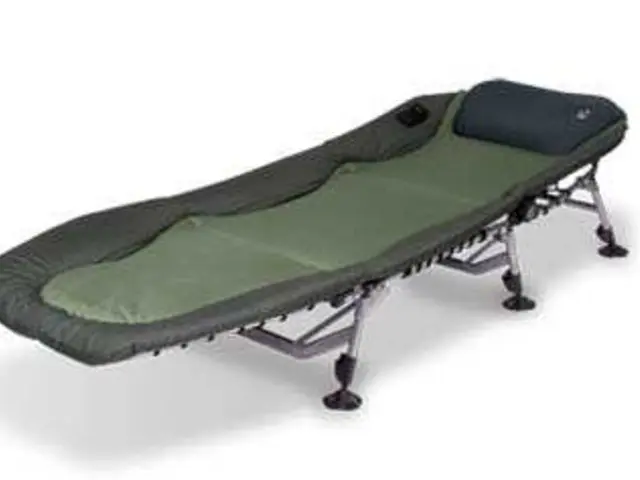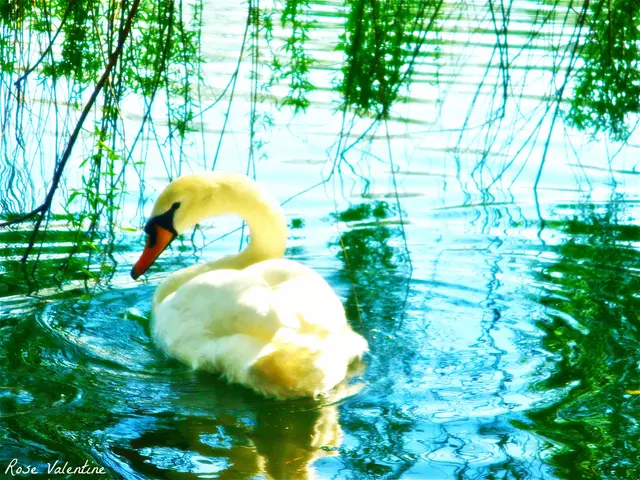Methods for Applying Duct Tape on Blisters and Avoiding Them During Hiking
Hiking Blisters Sucked, but Duct Tape's Got Your Back
Wanna know the bane of every hiker's existence? Blisters. They're not just annoying, they can slow you down and turn a pleasant hike into pure agony. Fear not, though! There's a quick, cheap, and easy solution to this trouble – duct tape! Here's how you can use it to prevent blisters and keep your feet healthy while trekking.
Duct Tape: The Swiss Army Knife of Blister Prevention
When it comes to preventing blisters, duct tape hits it out of the park. This wee little piece of tape has tons of uses, like repairing tents, fixing broken items on the trail, and even acting as a quick patch for shoes and clothing holes. Its extraordinary sticking power makes it perfect for applying directly to your skin without fear of it falling off even during sweaty excursions.
Duct Tape's Magic for Blisters: The Perks
Using duct tape for blisters provides some key benefits for hikers:
- Duct tape is straightforward to apply and has numerous applications beyond blister protection, making it an excellent choice.
- It's pretty darn effective at preventing rubbing and keeping blisters at bay before they even start if you pre-tape your feet before hitting the trail.
- Since it's less costly than other blister prevention products, it's an ideal last-minute fix or choice for those who don't have moleskin on hand.
How to Use Duct Tape like a Pro
Now that we've discussed the advantages of duct tape in blister prevention, let's dive into how to use it effectively while hiking:
Apply Duct Tape until You've Covered Your Feet
The best time to put on duct tape is before blisters form, and here's how to do it: If you notice a hot spot or a burning sensation on your feet, take a break, dry the affected area, and apply a piece of tape larger than the hot spot to ensure proper adhesion.
Don't Pick and Stick!
If you're dealing with a blister that's already developed, don't peel off the skin! Instead, cover the blister with gauze (or a non-stick bandage) before applying the tape to hold everything in place. Remember, even in the middle of the trail, it's best not to pop your blisters. This could lead to nasty infections.
Extra Cushioning: It's a Natural Fit
If a specific part of your foot tends to develop blisters frequently, consider applying moleskin beneath the duct tape before starting your hike. This provides extra padding that will help keep the tape in place.
Bigger is Better
Always opt for a larger piece of tape to ensure it doesn't come off due to friction.
But Can You Use Duct Tape on Blisters?
In a nutshell, yes, but also no. Avoid applying duct tape directly to small blisters, bigger blisters, or popped blisters. Basically, if you're employing duct tape to treat a blister, make sure it doesn't contact the affected skin. Instead, first place gauze or a non-stick bandage over the blister, then duct tape the area to keep it secure.
Duct Tape vs. Other Blister Products: Your Hiking Buddy or Foe?
Duct tape for blisters has a lot going for it, but there are some downsides too. Here's a list of the differences between using duct tape versus band-aids and moleskin:
Band-Aids
- Pros: Easy to apply and remove; provides protection from minor cuts and scrapes.
- Cons: Can loosen or move around during hiking, especially when it's wet or when the movement is intensive.
Moleskin
- Pros: Designed specifically for blister prevention, offers a comfy cushion that makes it more pleasant to use than tape.
- Cons: Tends to be less adhesive than tape or band-aids, particularly when it's sweaty or wet.
Specialized Tapes (such as Leukotape P)
- Pros: Formulated for athletic use, provides support and keeps blisters at bay effectively.
- Cons: More expensive than duct tape or band-aids, and some people find it less comfortable than moleskin.
Wrapping Up: Should You Crack Open the Duct Tape?
While duct tape can be a solid option for hikers seeking an affordable and effective blister prevention solution, it might cause skin irritation and decreased breathability, which could exacerbate blister formation. Specialized products like moleskin or athletic tapes are often more effective and comfortable for managing blisters. Consider techniques like the Leukotape P approach for both support and blister prevention.
For an optimal blister-free hiking experience, wear appropriately fitting shoes and socks, apply lubricants, and tailor your taping strategies to fit the activity and your skin type. Happy trails, and stay blister-free!
Other fantastic ways to prevent blisters while hiking: Hiking Socks for Blister Prevention, Hiking Sock Liners for Blister Prevention, Cotton vs. Merino Wool for Hiking Socks.
References:[1] Hill, K. Dinitz, J. "Prevention and treatment of hiking foot blisters in wilderness education programs" Wilderness & Environmental Medicine, (2004) 15(1) 14-18[2] Huyett, N. Merkle, K.A. "Blister Prevention and Treatment" Wilderness Medicine Training and Resource Center, 2009.
Duct tape also serves as a versatile tool in the health-and-wellness realm, offering not only blister prevention solutions but also tent repairs during hikes. For fitness enthusiasts who prioritize health and wellness, duct tape can be a handy addition to their hiking gear for maintaining physical fitness and overall well-being.
In addition to its practical uses, duct tape is also an economical alternative compared to other specialized fitness and wellness products, making it an attractive option for budget-conscious individuals who value fitness and exercise.








